|

|
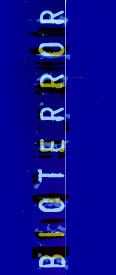
|
Global Guide to Bioweapons
Click on the map or use the country links below to see each
country's bioweapons program status.
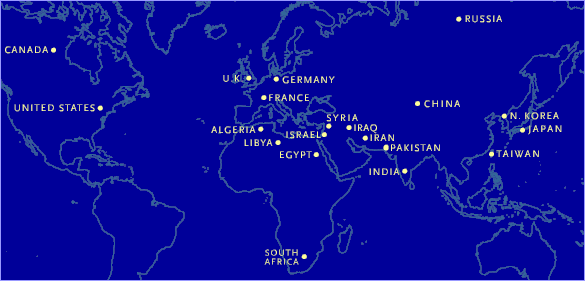
Algeria | Canada |
China | Egypt |
France | Germany |
India | Iran |
Iraq | Israel |
Japan | Libya |
North Korea |
Pakistan |
Russia |
South Africa |
Syria | Taiwan |
United Kingdom |
United States
Algeria
 Bioweapons status: Known to be actively researching
biological agents but not known to have successfully
weaponized germs
Bioweapons status: Known to be actively researching
biological agents but not known to have successfully
weaponized germs
Possible agents: Unknown
Back to World map
Canada
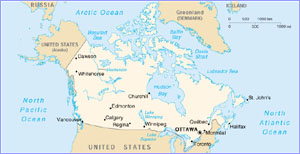 Signatory state to the Biological Weapons Convention
Signatory state to the Biological Weapons Convention
Bioweapons status: Former program terminated and stockpile
destroyed (1970s)
Agents (former): Anthrax, rinderpest, botulinum toxin, Rocky
Mountain spotted fever, plague, tularemia, ricin
Back to World map
China
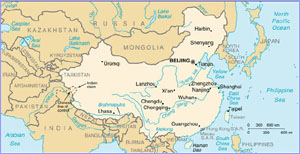 Signatory state to the Biological Weapons Convention
Signatory state to the Biological Weapons Convention
Bioweapons status: Believed to secretly possess offensive
bioweapons program
Possible agents: Unknown
Back to World map
Egypt
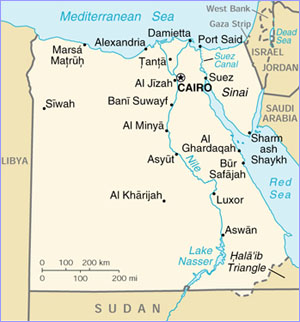 Bioweapons status: Known to be actively researching
biological agents for offensive and defensive programs
Bioweapons status: Known to be actively researching
biological agents for offensive and defensive programs
Possible Agents: Anthrax, botulinum toxin, plague, cholera,
tularemia, glanders, brucellosis, melioidosis, psittacosis,
Q fever, Japanese B encephalitis, Eastern equine
encephalitis, influenza, smallpox, mycotoxins
Back to World map
France
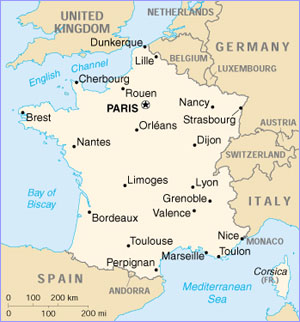 Signatory state to the Biological Weapons Convention
Signatory state to the Biological Weapons Convention
Bioweapons status: Former program terminated and stockpile
destroyed (1980s)
Agents (former): Potato beetle, rinderpest, others
unknown
Back to World map
Germany
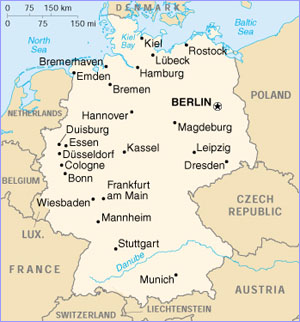 Signatory state to the Biological Weapons Convention
Signatory state to the Biological Weapons Convention
Bioweapons status: Former program terminated and stockpile
destroyed (1970s)
Agents (former): Plague, cholera, yellow fever, typhus,
foot-and-mouth disease, glanders, potato beetle, wheat
fungus
Back to World map
India
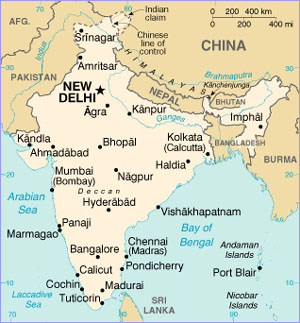 Signatory state to the Biological Weapons Convention
Signatory state to the Biological Weapons Convention
Bioweapons status: Known to be actively conducting
biological weapons defense research
Possible agents: Unknown
Back to World map
Iran
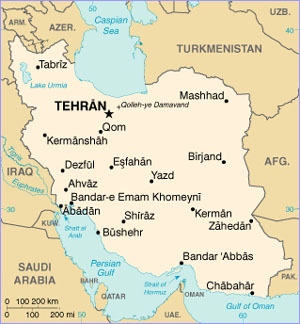 Bioweapons status: Known to be actively researching and
possibly producing offensive biological weapons
Bioweapons status: Known to be actively researching and
possibly producing offensive biological weapons
Possible agents: Unknown
Back to World map
Iraq
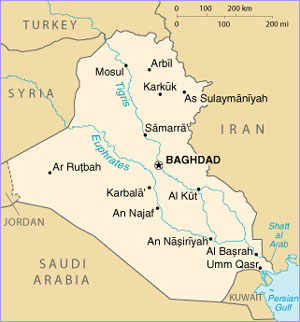 Signatory state to the Biological Weapons Convention
Signatory state to the Biological Weapons Convention
Bioweapons status: Previously actively researching and
producing biological weapons. Highly likely to be continuing
bioweapons program today.
Possible agents: Anthrax, botulinum toxin, gas gangrene,
aflatoxin, trichothecene, mycotoxins, wheat cover smut,
ricin, hemorrhagic conjunctivitis virus, rotavirus, camel
pox
Back to World map
Israel
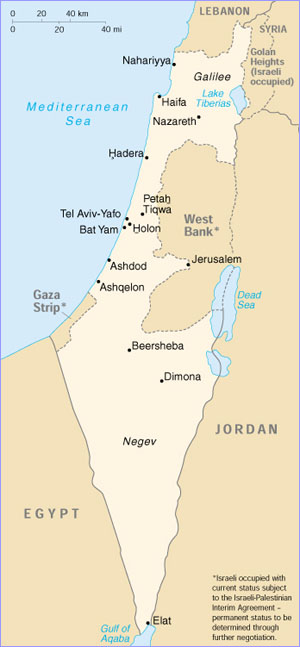 Bioweapons status: Known to be conducting offensive
bioweapons research but no evidence so far of successful
bioweapons production
Bioweapons status: Known to be conducting offensive
bioweapons research but no evidence so far of successful
bioweapons production
Possible agents: Unknown
Back to World map
Japan
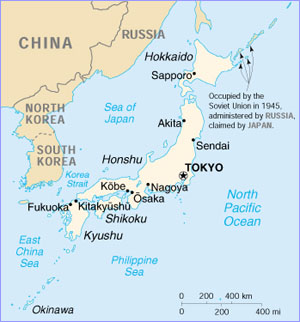 Signatory state to the Biological Weapons Convention
Signatory state to the Biological Weapons Convention
Bioweapons status: Former program terminated and stockpile
destroyed (1970s)
Agents(former): Anthrax, tularemia, plague, botulinum toxin,
smallpox, glanders, typhoid, typhus
Back to World map
Libya
 Signatory state to the Biological Weapons Convention
Signatory state to the Biological Weapons Convention
Bioweapons status: Known to be conducting research towards
offensive bioweapons
Possible agents: Unknown
Back to World map
North Korea
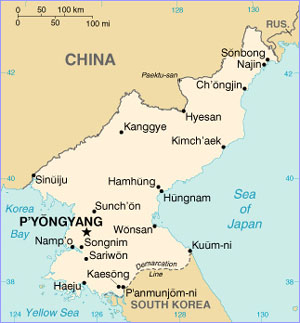 Signatory state to the Biological Weapons Convention
Signatory state to the Biological Weapons Convention
Bioweapons status: Known to be researching biological agents
for offensive use
Possible agents: Anthrax, cholera, plague, smallpox,
botulinum toxin, hemorrhagic fever, typhoid, yellow fever
Back to World map
Pakistan
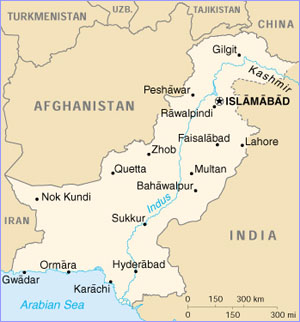 Signatory state to the Biological Weapons Convention
Signatory state to the Biological Weapons Convention
Bioweapons status: Probable research and development of
bioweapons
Possible agents: Unknown
Back to World map
Russia
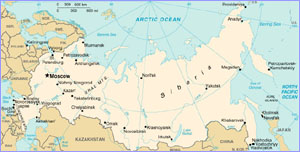 Signatory state to the Biological Weapons Convention
Signatory state to the Biological Weapons Convention
Bioweapons status: Conducting defensive bioweapons research,
possibly working beyond legitimate defense activities to
offensive activities
Possible agents: Anthrax, tularemia, brucellosis, plague,
Venezuelan equine encephalitis, typhus, Q fever, botulinum
toxin, smallpox, glanders, Marburg infection, Ebola, Machupo
virus, Argentinian hemorrhagic fever, yellow fever, Lassa
fever, Venezuelan equine encephalomyelitis, Japanese
encephalitis, Russian spring-summer encephalitis,
psittacosis, rinderpest, African swine fever virus, wheat
stem rust, rice blast
Back to World map
South Africa
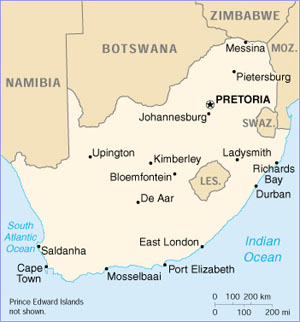 Signatory state to the Biological Weapons Convention
Signatory state to the Biological Weapons Convention
Bioweapons status: Former program terminated and stockpile
destroyed (1970s)
Agents (former): Anthrax, cholera, botulinum toxin
Back to World map
Syria
 Bioweapons status: Highly likely to be developing offensive
bioweapons
Bioweapons status: Highly likely to be developing offensive
bioweapons
Possible agents: Anthrax, botulinum toxin
Back to World map
Taiwan
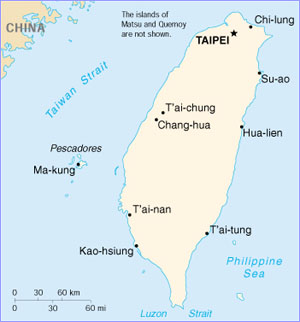 Signatory state to the Biological Weapons Convention
Signatory state to the Biological Weapons Convention
Bioweapons status: Possible bioweapons research program
Possible agents: Unknown
Back to World map
U.K.
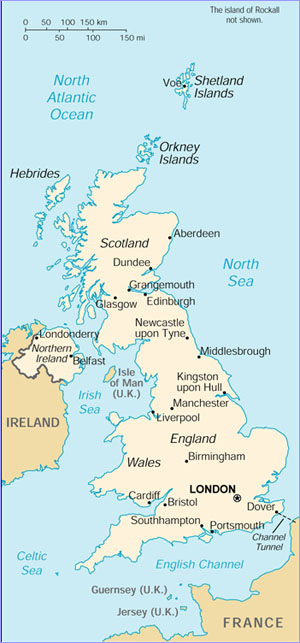 Signatory state to the Biological Weapons Convention
Signatory state to the Biological Weapons Convention
Bioweapons status: Former program terminated and stockpile
destoyed (1970s)
Agents (former): Anthrax
Back to World map
U.S.
 Signatory state to the Biological Weapons Convention
Signatory state to the Biological Weapons Convention
Bioweapons status: Extensive defensive research program
Possible agents (former): Anthrax, brucellosis, botulinum
toxin, Eastern and Western equine encephalitis, Venezuelan
equine encephalomyelitis, Argentinian hemorrhagic fever,
Korean hemorrhagic fever, Bolivian hemorrhagic fever,
tularemia, Q fever, Lassa fever, glanders, melioidosis,
plague, yellow fever, psittacosis, dengue fever, Rift Valley
fever, Chikungunya disease virus, ricin, rice blast, rice
brown spot disease, late blight of potato, stem rust of
cereal, rinderpest virus, Newcastle disease virus, fowl
plague virus
Back to World map
History of Biowarfare
|
Future Germ Defenses
Interviews with Biowarriors
|
Global Guide to Bioweapons
|
Making Vaccines
Resources
|
Teacher's Guide
|
Transcript
|
Site Map
|
Bioterror Home
Search |
Site Map
|
Previously Featured
|
Schedule
|
Feedback |
Teachers |
Shop
Join Us/E-Mail
| About NOVA |
Editor's Picks
|
Watch NOVAs online
|
To print
PBS Online |
NOVA Online |
WGBH
©
| Updated November 2001
|
|
|